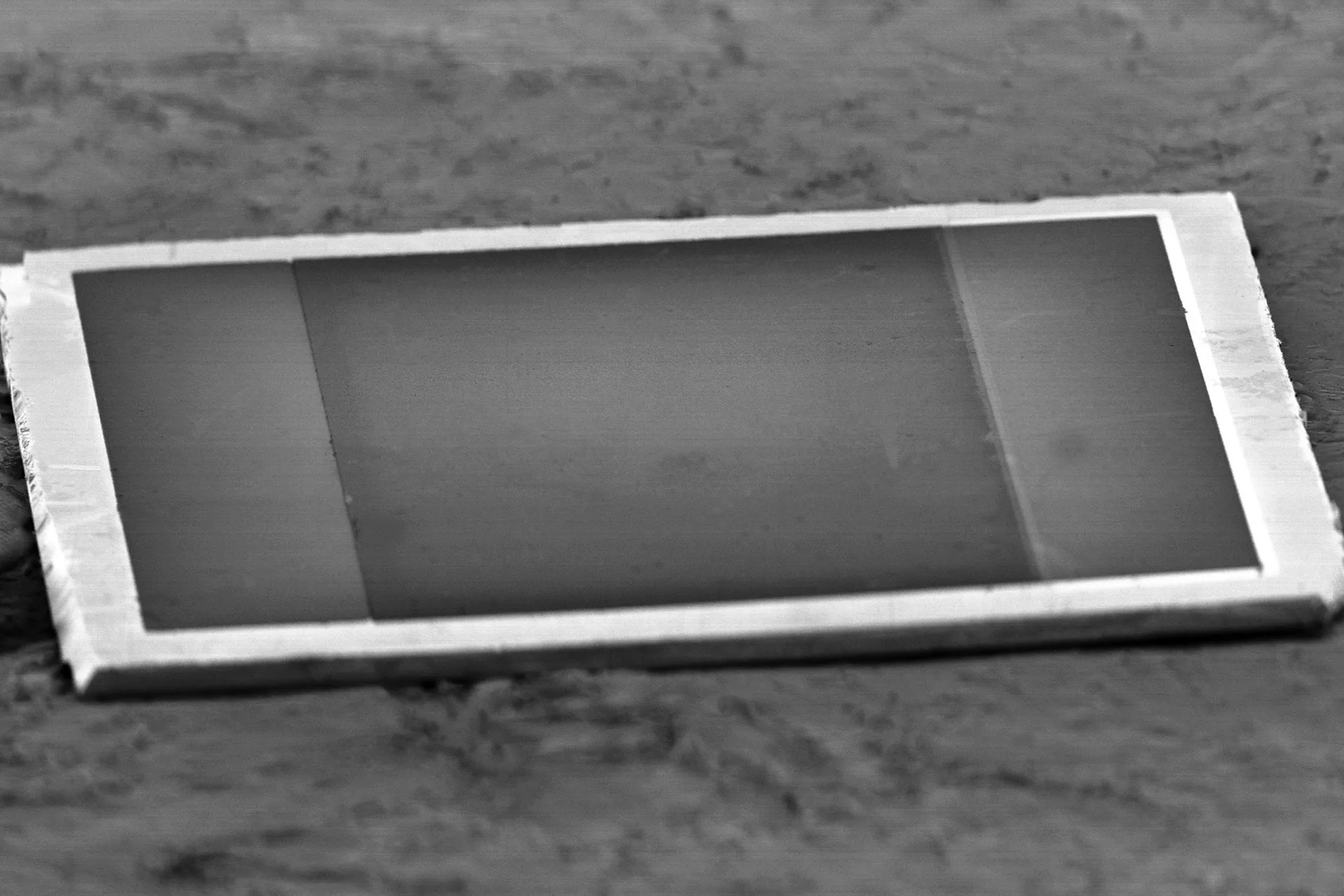Sign up for our newsletter!
Your data will be handled in compliance with our privacy policy.
Your data will be handled in compliance with our privacy policy.

Research paper published in the proceedings of 2020 IEEE 70th Electronic Components and Technology Conference (ECTC), 2020, pp. 2139-2144.
M Bylund, R Andersson, A M Saleem, E Passalacqua, S Krause, V Marknäs, S Kabir, V Desmaris • August 5, 2020
In this paper, we present carbon nanofiber (CNF)-based capacitors in a MIM configuration, a CNF-MIM, with a small footprint, low profile height, and high capacitance density that can be used both as integrated and as discrete component. Being produced in a fully CMOS compatible process it is likely to play a major role as further miniaturization of future electronics moves on. The devices were characterized from 25 °C to 150 °C and from 0 V to 5 V. It was demonstrated that a CNF-MIM with a total CNF height of 6 μm achieved a capacitance density of about 400 nF/mm2. Also shown was an ESR of about 45 mΩ. It was found that the capacitance increased slightly with temperature by 0.03−0.06 %/K and that the capacitance was stable for biasing voltage with an increase between 0.5−4 %/V. Hence, it meets well with the X7R specifications. This behavior makes it a good competitor compared to MLCCs whose capacitance decreases with temperature and applied voltage and the CNF-MIM does this at the fraction of the device thickness of the MLCC.
Your data will be handled in compliance with our privacy policy.